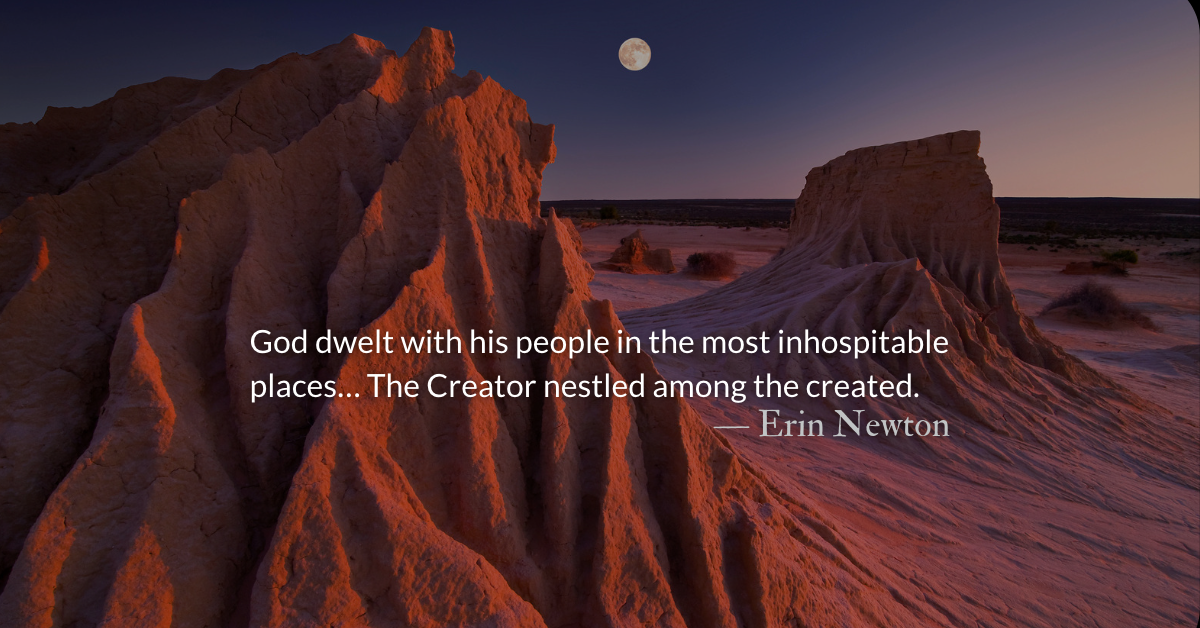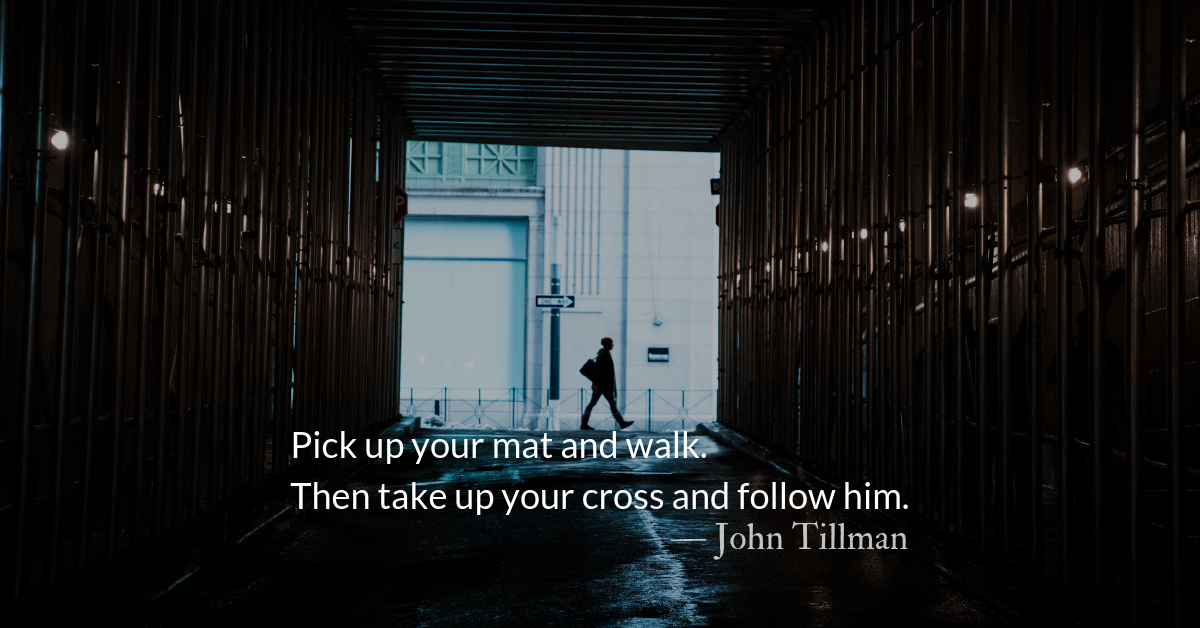Readers’ Choice posts are selected by our readers:
Barbara, Tennessee — Wow! Thank you, Erin!
Peter, Los Angeles — Erin’s description of the Tabernacle’s beauty (and the connection she drew to Jesus’ body) is breathtaking. Thank you so much for elaborating on the rich meaning of God’s meeting place with us!
Michelle, NYC — This is just gorgeous. Intertwining the description of the Tabernacle from Exodus with its vibrant colors to the description of a battered Jesus adorned with those same colors. Wow!! Incredible juxtaposition that will forever be engraved in my mind now.
From John: We are trying to share more of your voices this year in Readers’ Choice so you may see a few more names at the top of these than usual. I’m thrilled to start off this year with one of Erin’s which is also one of my favorites from the year. Erin’s work with us has been stellar and this is just one of many examples we’ll share this month. A “behind-the-scenes” note I’ll add is that this piece came after a period of being blocked where Erin felt stuck like she didn’t have anything to write/say at all. It is not always true that great writing comes after being blocked, but sometimes being blocked forces a new kind of creativity and connection with the Word. Regardless of how it came about, I’m thankful for this piece as were many of you.
Scripture Focus: Exodus 26:30, 33-34
30 “Set up the tabernacle according to the plan shown you on the mountain…33 Hang the curtain from the clasps and place the ark of the covenant law behind the curtain. The curtain will separate the Holy Place from the Most Holy Place. 34 Put the atonement cover on the ark of the covenant law in the Most Holy Place.
Originally published on March 15, 2023, based on readings from Exodus 26.
Reflection: His Presence, Our Beauty
By Erin Newton
Amid the desert, the Tabernacle was an oasis of color. Blue, purple, red. Against the dull hues of brown rocks and sandy ground, there would be the shimmer of gold, silver, and bronze. Where God dwelt with his people, there would be beauty.
It’s easy to get lost in the detailed blueprint for the Tabernacle. If we collect all the materials together, it is an array of beauty. There are acacia frames and wooden cross bars. Hooks and clasps in precious metals. Fine linen in jewel-toned colors of a sunset just before the darkness of night.
This is how God chose to be with his people—among the drab backdrop of a desert, he created a vibrant refuge. It is the extraordinary among the ordinary.
God dwelt with his people in the most inhospitable places. In a place without life, God would sustain them with food and water. Day after day after day. All the while, he traveled with them. He guided them. He dwelt with them. The Creator nestled among the created.
As time carried on, the presence of God moved to the permanent Temple. Surrounded by scenes of a garden—it was filled with palm trees and floral designs, cedar walls and golden details, images of the same winged creatures that guarded the entrance to Eden.
Then his presence moved among the people once again. Jesus tabernacled in the fabric of a human body with sunkissed skin of deep brown hues.
Upon the cross, the jewel-toned hues were seen once more. Blue and purple bruises marred his beaten body. Scarlet red blood dripped from his head, hands, feet, and side. His body, disfigured with the vibrant colors of royalty, hung on a cross in the most humble of deaths.
The dark night and shadowed tomb would not hold his presence. As promised, he took up residence in the hearts of every believer. Like the bright golden tongues of fire, the Spirit fell upon the people. He came to dwell again in a lonely place, bringing life and beauty to our souls.
And so, he has remained, in the hearts of every one of us.
He brings life to our mortal bodies. He clothes us in the rich hues of his grace. Among the prism of colors God brings to his people, he clothes us in white—the full intensity of all colors all at once. His presence is our crowning beauty.
Divine Hours Prayer: The Request for Presence
Let me hear of your loving-kindness in the morning, for I put my trust in you; show me the road that I must walk, for I lift up my soul to you. — Psalm 143.8
– From The Divine Hours: Prayers for Summertime by Phyllis Tickle.
Today’s Readings
Judges 15 (Listen 3:13)
Hebrews 2 (Listen 2:47)
Share a Readers’ Choice Post:
#ReadersChoice is a time for you to share your favorite Park Forum posts from the year.
What post reminded you of Christ’s love?
https://forms.gle/dfa88nayaEEqiy9X7
Read more about Of Temples and Gardens
The Tabernacle, Solomon’s Temple, and other biblical Temples mimic and recreate the imagery of Eden’s garden.








